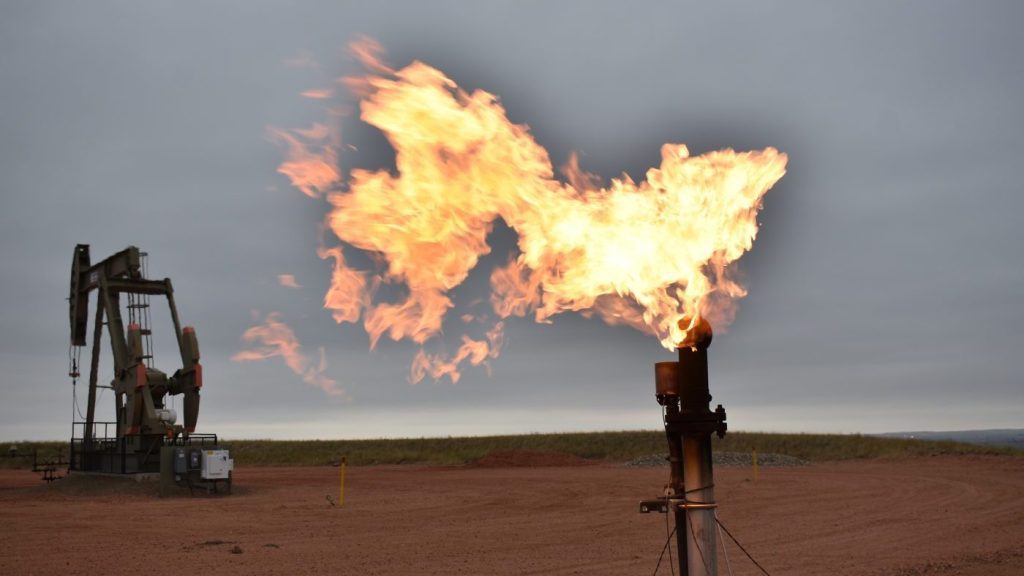Emissions of methane from fossil fuels, which are more impactful than carbon dioxide emissions, are expected to go down after going up last year, as stated in a report released by the International Energy Agency (IEA) on Wednesday. report released Wednesday by the International Energy Agency (IEA).
In 2023, the leading countries for emissions produced about 80 million metric tons in methane emissions from fossil fuel emissions. The U.S. led in oil and gas emissions, while China led in emissions from coal, according to the IEA. Overall, the year saw about 120 million metric tons in methane emissions, slightly up from 2022.
During the 2023 COP28 summit in Dubai, participating nations made commitments to reduce global methane emissions, which, if carried out, could reduce overall emissions by almost 25 metric tons by the end of the decade, according to the IEA. The majority of these reductions would come from the oil and gas industry. The companies that signed the Oil and Gas Decarbonization Charter (OGDC) at the summit are accountable for approximately 25 percent of global methane emissions from oil and gas.
However, overall, the IEA forecasts that methane emissions must be decreased by at least 75 percent to prevent a 1.5 degrees Celsius rise in temperature, which is the internationally agreed threshold to avoid catastrophic climate change.
Methane disperses in the atmosphere quicker than carbon emissions, but it is better at trapping heat in the atmosphere and is responsible for around 30 percent of the temperature increases since the Industrial Revolution.
IEA Executive Director Fatih Birol stated in a release, “A 75 percent reduction in methane emissions from fossil fuels by 2030 is necessary to prevent the planet from warming to a dangerous level. I am encouraged by the progress we’ve seen in recent months, which our analysis shows could have a significant and immediate impact on the world’s battle against climate change.”
The study comes shortly after the U.S. Environmental Protection Agency finalized its latest regulations for methane emissions, which it anticipates could cut up to 58 million tons of methane emissions by 2038. The state of Texas has declared a lawsuit on behalf of the state Railroad Commission, its primary oil and gas regulator.









